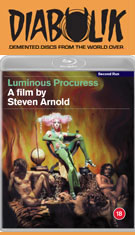
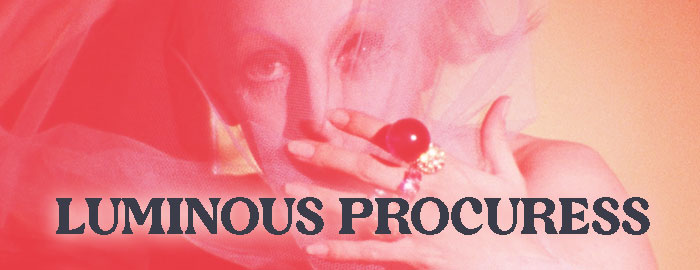


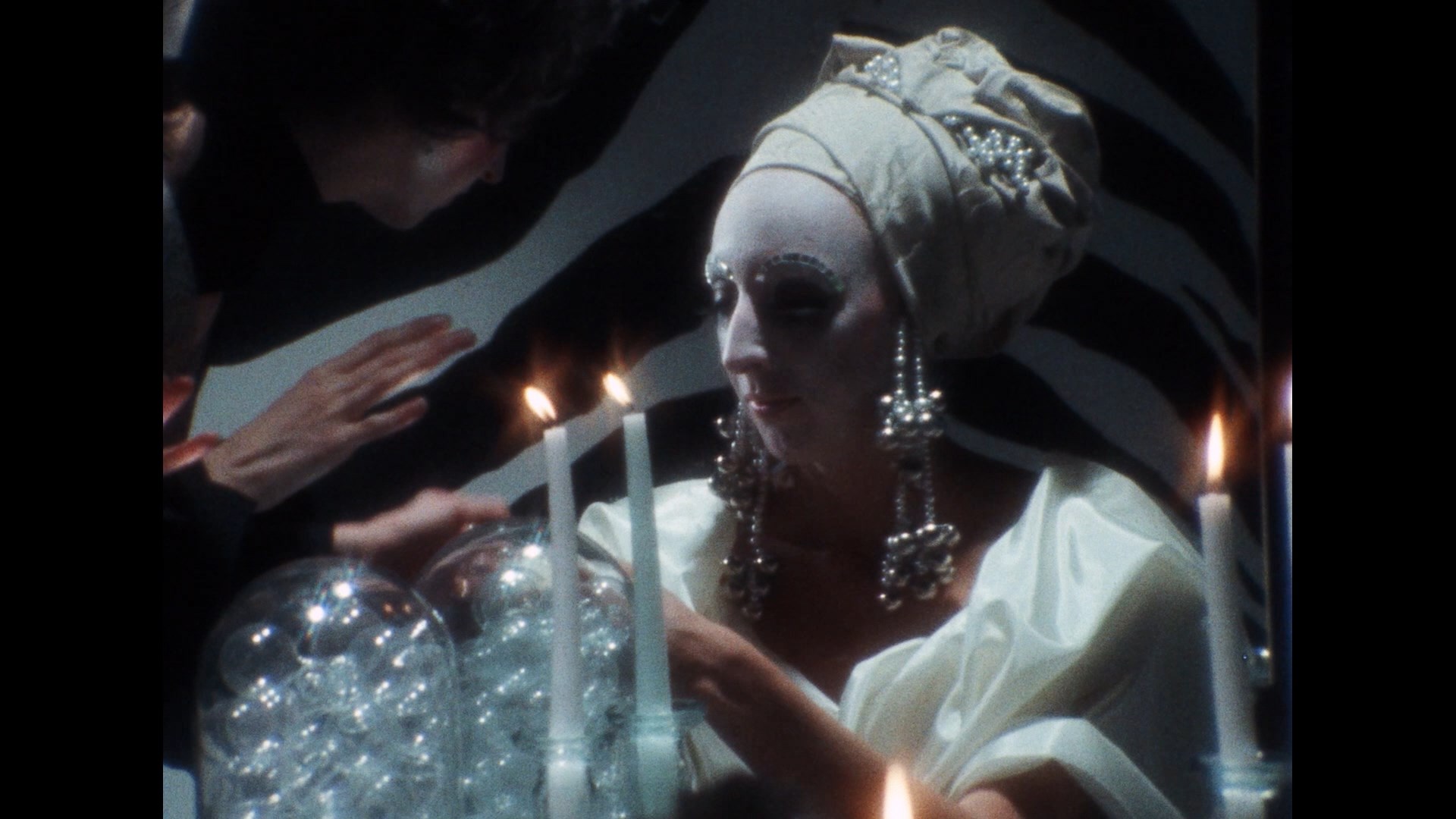 Area still bears something of an aura from its days as the epicenter of the hippie counterculture in the late '60s,
Area still bears something of an aura from its days as the epicenter of the hippie counterculture in the late '60s, 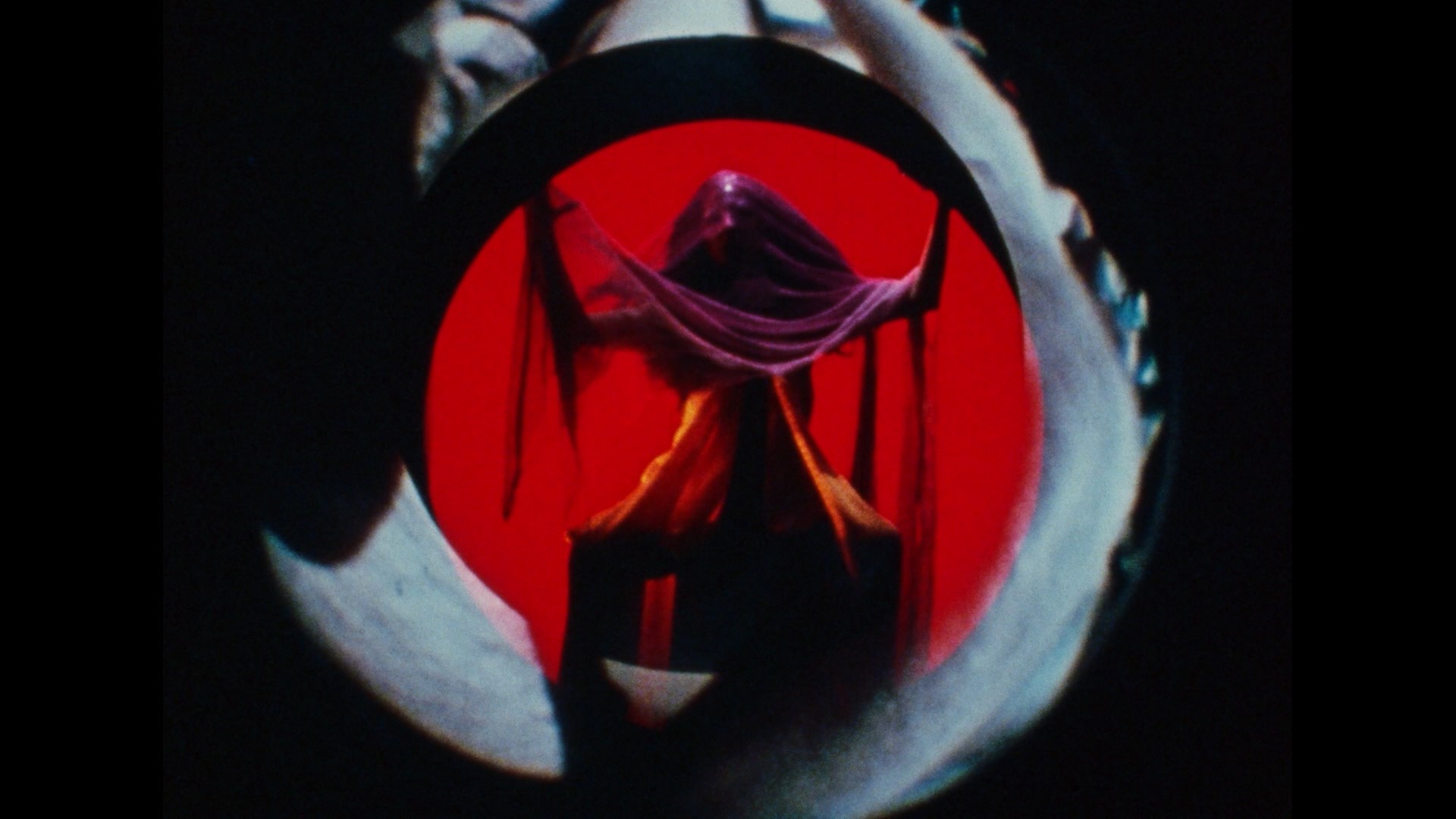 with its mixture of drug-friendly culture and large LGBT population creating an atmosphere of vibrant creativity that filtered through well into the following decade. One particularly wild cinematic product of the era is Luminous Procuress, an experimental and very colorful assault on the senses with a pansexual sensibility that drew frequent comparisons to Jack Smith's infamous Flaming Creatures. That said, you can also draw comparisons to a number of other oddball creatures around the time like Kenneth Anger, Andy Milligan, Thundercrack!, Pink Narcissus, and Wakefield Poole. Featuring a prominent appearance by the legendary gender-bender ensemble The Cockettes, the film was optically censored during its original 1971 screenings (including a brief pickup by New Line in its early days) but has since been restored to its full, outrageous glory.
with its mixture of drug-friendly culture and large LGBT population creating an atmosphere of vibrant creativity that filtered through well into the following decade. One particularly wild cinematic product of the era is Luminous Procuress, an experimental and very colorful assault on the senses with a pansexual sensibility that drew frequent comparisons to Jack Smith's infamous Flaming Creatures. That said, you can also draw comparisons to a number of other oddball creatures around the time like Kenneth Anger, Andy Milligan, Thundercrack!, Pink Narcissus, and Wakefield Poole. Featuring a prominent appearance by the legendary gender-bender ensemble The Cockettes, the film was optically censored during its original 1971 screenings (including a brief pickup by New Line in its early days) but has since been restored to its full, outrageous glory. 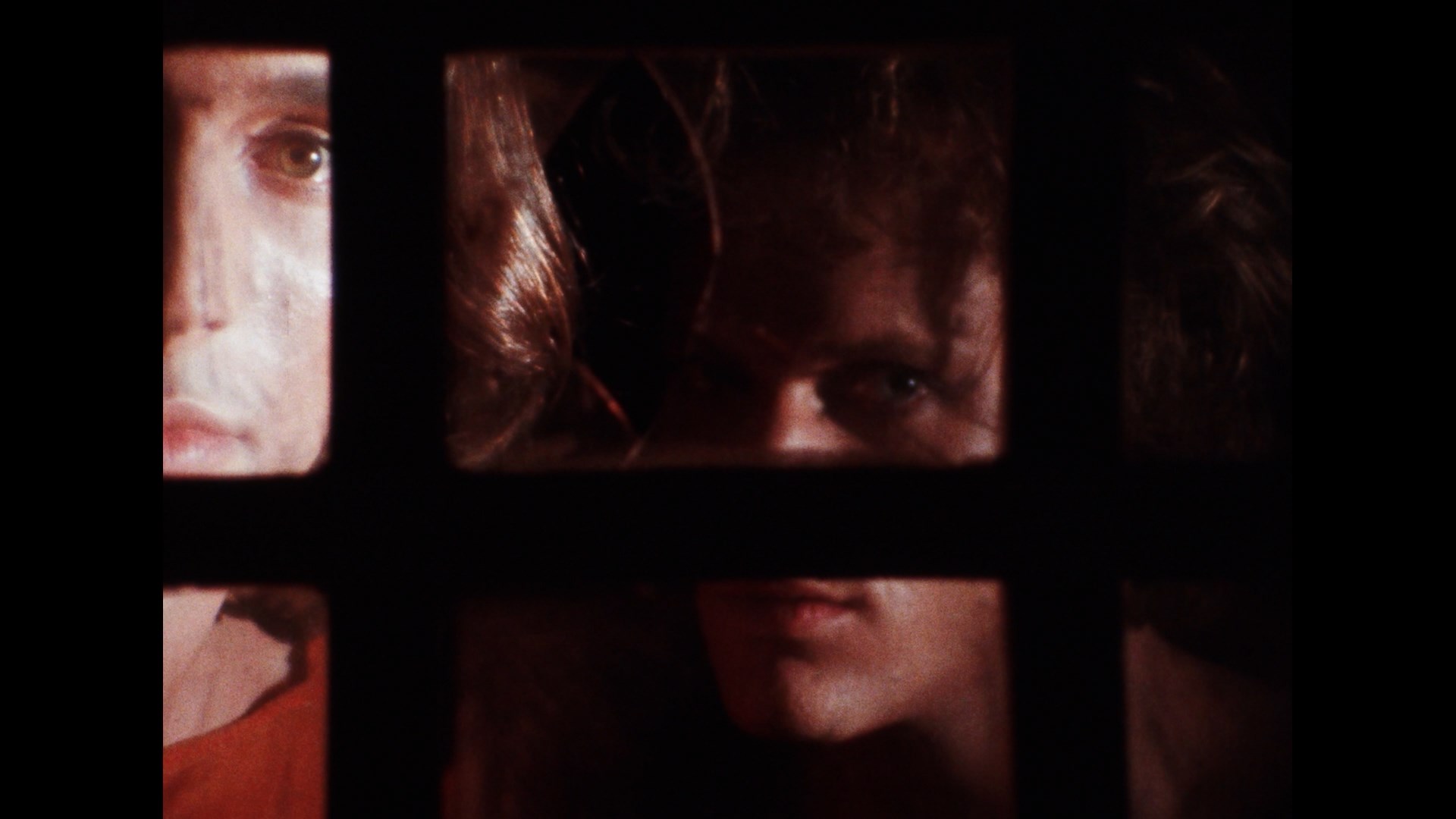 foyer, they're ushered into a series of chambers where they watch and ultimately take part in a series of tableaux showing bacchanalian sexuality, the shedding of social institutions, esoteric spirituality, and ultimately the liberation
foyer, they're ushered into a series of chambers where they watch and ultimately take part in a series of tableaux showing bacchanalian sexuality, the shedding of social institutions, esoteric spirituality, and ultimately the liberation 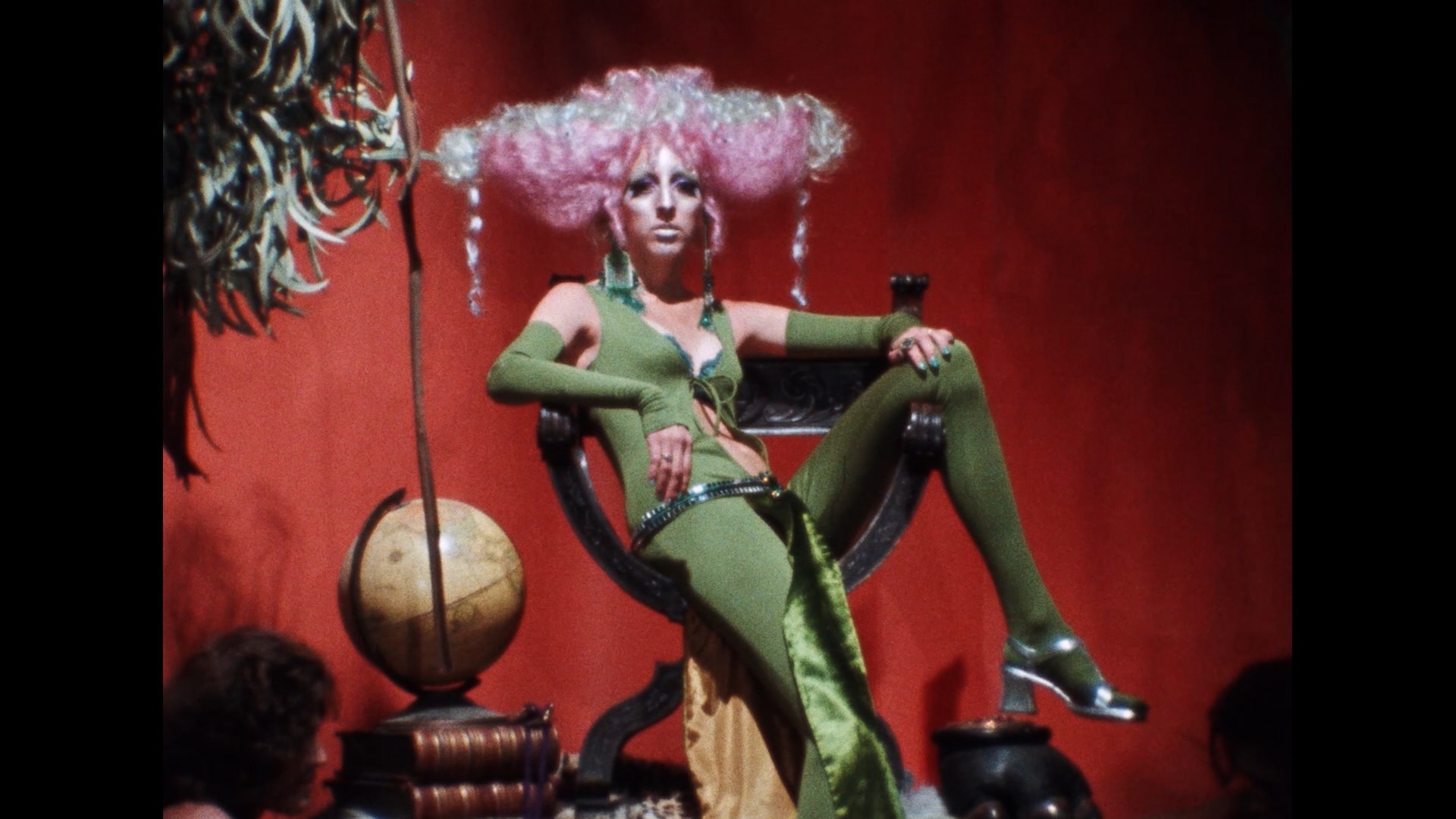 of the human spirit. Crammed with stylized lighting, nudity, glittering production design, Cockettes performances, and even a brief unsimulated (straight) sex scene, the film doesn't really have a linear storyline and operates on more of a surreal dream level. That approach is enhanced by the wild electronic soundtrack engineered by Warner Jepson with indistinct, multilingual murmuring taking the place of dialogue (necessitated by poor audio conditions and less than accomplished actors).
of the human spirit. Crammed with stylized lighting, nudity, glittering production design, Cockettes performances, and even a brief unsimulated (straight) sex scene, the film doesn't really have a linear storyline and operates on more of a surreal dream level. That approach is enhanced by the wild electronic soundtrack engineered by Warner Jepson with indistinct, multilingual murmuring taking the place of dialogue (necessitated by poor audio conditions and less than accomplished actors). 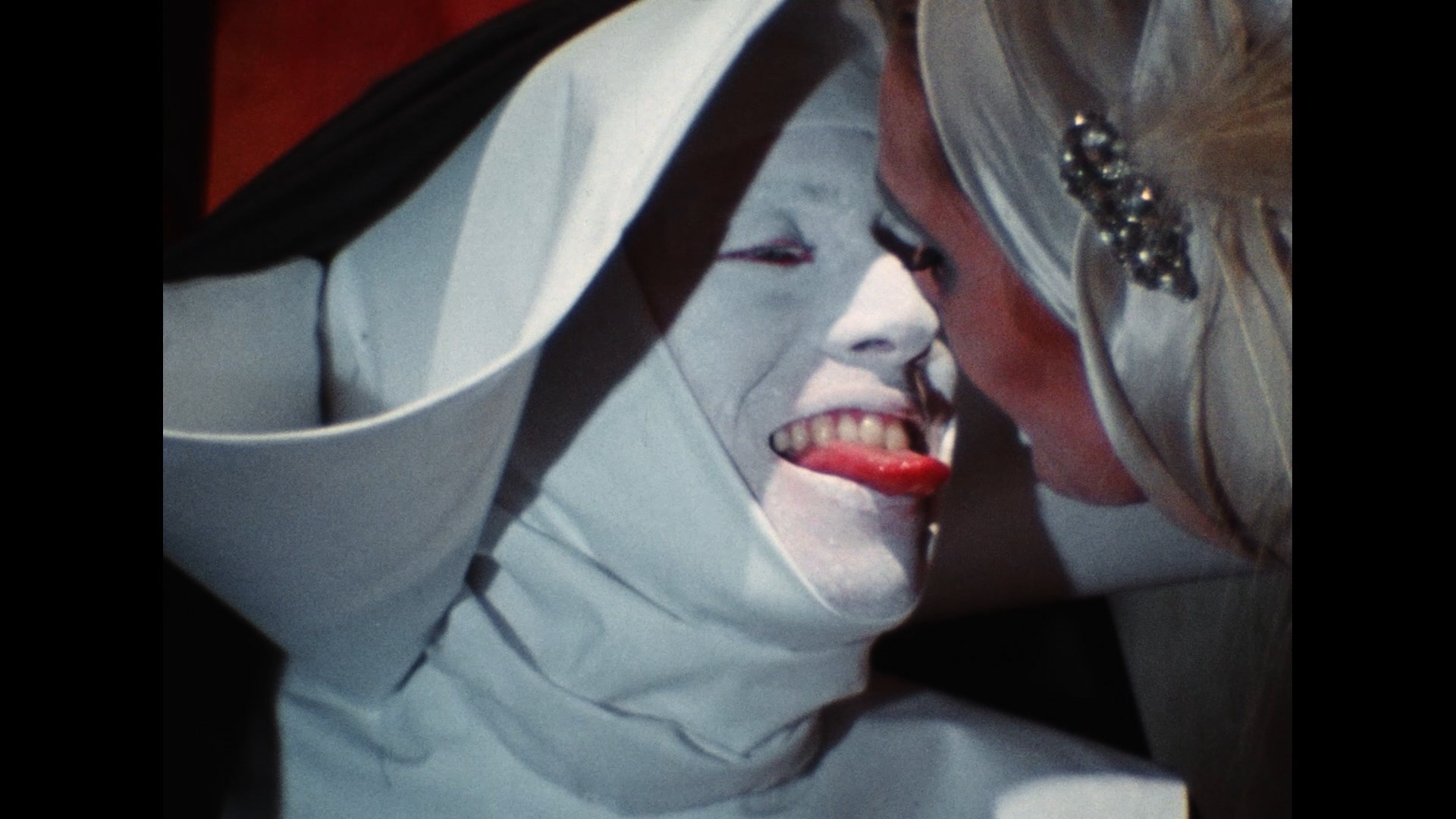 to be seen to be believed. The LPCM 1.0 track sounds great given that it's devoted entirely to the Jepson sound mix
to be seen to be believed. The LPCM 1.0 track sounds great given that it's devoted entirely to the Jepson sound mix 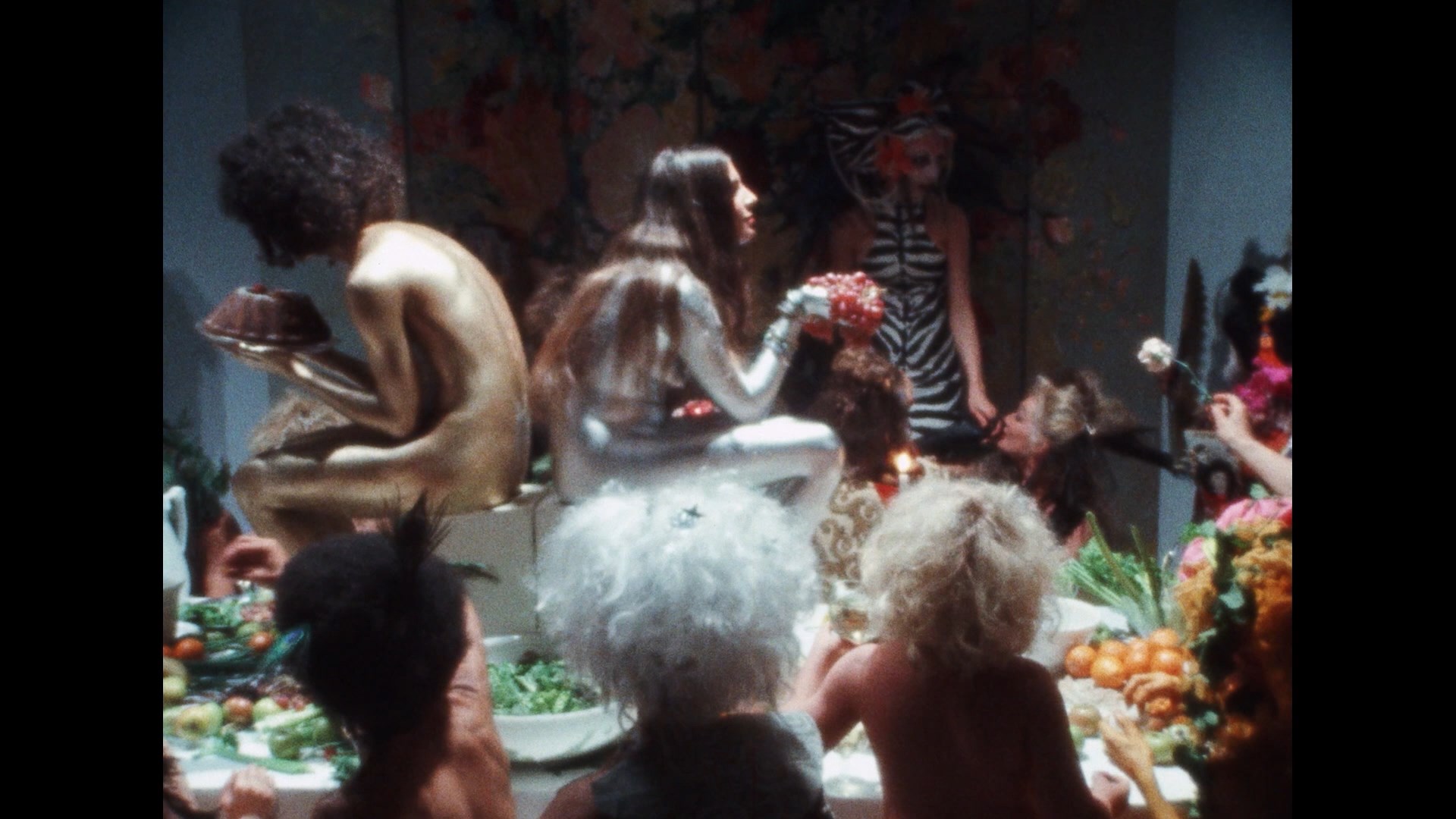 (which obviously doesn't require any subtitle options; amusingly, the packaging refers to the audio simply as "English voices"). A new interview with producer (and hippie boutique pioneer) Harry Tsvi Strauch (9m30s) is a colorful account of the film and director Steven Arnold, including the intentions behind the project (with an early rejection of any kind of normal script), the self-imposed censorship used to get it screened and sort of released, and the creation of that sound design. Curator and author Steve Seid (21m12s) on the history and preservation of Luminous Procuress at the Pacific Film Archive in 2018 explaining his pursuit of the film, the figurative two-year dance required to get the elements from Strauch for proper preservation, and the flamboyant director who liked to dress in Edwardian clothing. Also included is a 24-page booklet featuring a very in-depth history of the film and its director by Seid (including the brief mentorship it inspired with Salvador Dali and Arnold's childhood love of puppetry that shines through here) along with a more esoteric reading by Elena Gorfinkel.
(which obviously doesn't require any subtitle options; amusingly, the packaging refers to the audio simply as "English voices"). A new interview with producer (and hippie boutique pioneer) Harry Tsvi Strauch (9m30s) is a colorful account of the film and director Steven Arnold, including the intentions behind the project (with an early rejection of any kind of normal script), the self-imposed censorship used to get it screened and sort of released, and the creation of that sound design. Curator and author Steve Seid (21m12s) on the history and preservation of Luminous Procuress at the Pacific Film Archive in 2018 explaining his pursuit of the film, the figurative two-year dance required to get the elements from Strauch for proper preservation, and the flamboyant director who liked to dress in Edwardian clothing. Also included is a 24-page booklet featuring a very in-depth history of the film and its director by Seid (including the brief mentorship it inspired with Salvador Dali and Arnold's childhood love of puppetry that shines through here) along with a more esoteric reading by Elena Gorfinkel.![]()